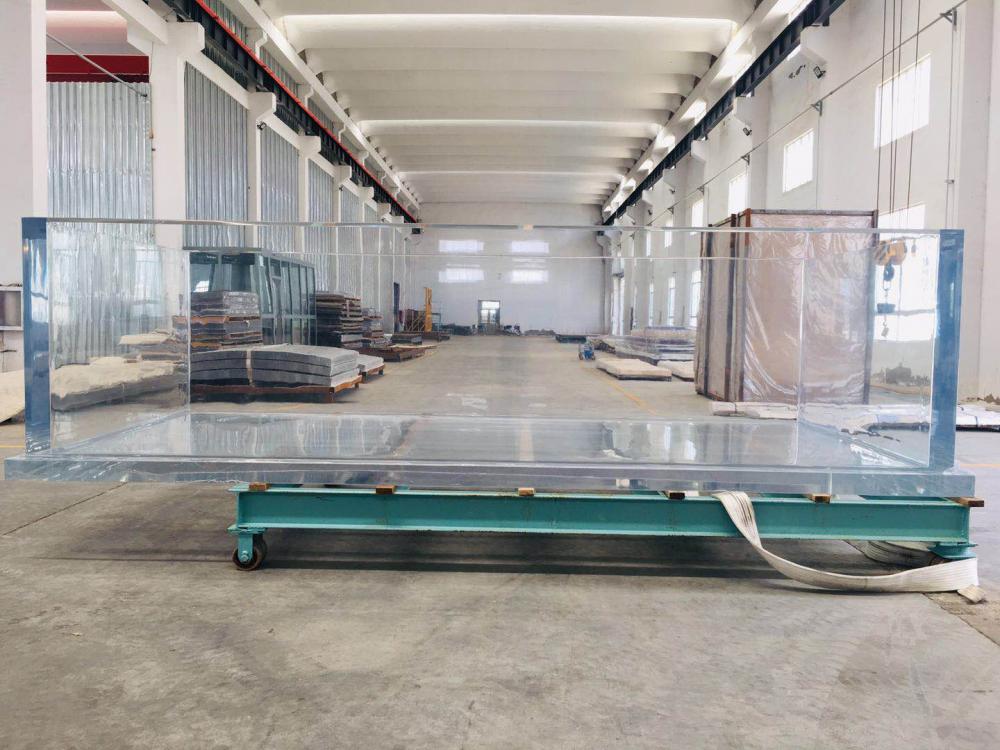The nutrient elements needed by a crop, whether derived from fertilizer or soil, are the same for the mechanism of action of the elements on the crop. In general, the total amount of a certain amount of nutrients required to constitute a certain crop yield is basically unchanged. Some of this comes from the soil, and the lesser part needs to be supplemented by fertilization. How to accurately estimate the supply capacity of soil nutrients during crop growth period is one of the key issues for rational fertilization. In the process of modern precision agriculture, the application of soil testing and fertilizer application instrument is very extensive.
The utilization rate of a nutrient for a crop varies depending on the source of nutrients. The same nutrient from different sources, their respective utilization rate will increase with the improvement of environmental conditions. The nutrient supply of soil to crops is closely related to the dynamic changes of water, gas, and heat in the growing period and the growth and development of crops, and it is difficult to determine by simple tests. Changes in environmental conditions cause changes in crop yields. Establishing a model for the relationship between soil nutrient equivalence and crop yield on the basis of agricultural ecological zoning is more practical. With respect to nutrients, due to unequal fertilization, high-nitrogen-low phosphorus or low-nitrogen-high-phosphorus phenomena often occur, causing spot dispersion. Therefore, it is better to control one factor in nitrogen and phosphorus at a certain level, and then find the relationship between the non-fertilizer yield and the nutrient equivalent of another factor. »The different soil constraining factors will also cause dispersion of samples. In practical applications, Even if the correlation between nutrient equivalence and crop yield is very good, the above three factors must be considered to achieve the desired implementation effect.
The soil nutrient equivalent organically combines soil nutrients with fertilizer nutrients, making them both additive. Therefore, in a certain ecological area, soil nutrient supply equivalents can be estimated through a soil testing and fertilizer applicator, and fertilizer requirements under different nutrient conditions can be determined. After determining the maximum nutrient content using the total nutrient model, the average nutrient utilization rate can be calculated at the highest yield. The average nutrient utilization rate reflects the effect of specific ecological conditions on nutrient availability. Fertilizer utilization is affected by the availability of nutrients in the soil and is consistent with diminishing returns.
Through the analysis of soil testing and formula applicators, there is an equivalent relationship between soil nutrient supply and fertilizer nutrient content, and the soil nutrient equivalent can be determined by the regression relationship with crop yield. Soil nutrient equivalent, as an important indicator of soil nutrient supply capacity, can save a lot of test costs, and avoid the contradiction between the test results and the actual supply of soil nutrients.
The utilization rate of a nutrient for a crop varies depending on the source of nutrients. The same nutrient from different sources, their respective utilization rate will increase with the improvement of environmental conditions. The nutrient supply of soil to crops is closely related to the dynamic changes of water, gas, and heat in the growing period and the growth and development of crops, and it is difficult to determine by simple tests. Changes in environmental conditions cause changes in crop yields. Establishing a model for the relationship between soil nutrient equivalence and crop yield on the basis of agricultural ecological zoning is more practical. With respect to nutrients, due to unequal fertilization, high-nitrogen-low phosphorus or low-nitrogen-high-phosphorus phenomena often occur, causing spot dispersion. Therefore, it is better to control one factor in nitrogen and phosphorus at a certain level, and then find the relationship between the non-fertilizer yield and the nutrient equivalent of another factor. »The different soil constraining factors will also cause dispersion of samples. In practical applications, Even if the correlation between nutrient equivalence and crop yield is very good, the above three factors must be considered to achieve the desired implementation effect.
The soil nutrient equivalent organically combines soil nutrients with fertilizer nutrients, making them both additive. Therefore, in a certain ecological area, soil nutrient supply equivalents can be estimated through a soil testing and fertilizer applicator, and fertilizer requirements under different nutrient conditions can be determined. After determining the maximum nutrient content using the total nutrient model, the average nutrient utilization rate can be calculated at the highest yield. The average nutrient utilization rate reflects the effect of specific ecological conditions on nutrient availability. Fertilizer utilization is affected by the availability of nutrients in the soil and is consistent with diminishing returns.
Through the analysis of soil testing and formula applicators, there is an equivalent relationship between soil nutrient supply and fertilizer nutrient content, and the soil nutrient equivalent can be determined by the regression relationship with crop yield. Soil nutrient equivalent, as an important indicator of soil nutrient supply capacity, can save a lot of test costs, and avoid the contradiction between the test results and the actual supply of soil nutrients.
The five sides of the acrylic container swimming pool are acrylic, the corner is seamless splicing way, this acrylic container swimming pool looks beautiful and easy to install.
Acrylic container pool used by the Acrylic Sheet is a one-time pouring panel, different from the composite panel on the market, acrylic sheet production raw material is Lucite, and acrylic sheet is outdoor anti-UV panel, can ensure that 20 years of plate color changes little, no obvious yellow or cloudy state.
If you have any questions, you can contact us directly.

Container Pool,Container Swimming Pool,Storage Container Pool,Sea Container Pool
Jiangsu Jinsui Acrylic Technology Co., LTD , https://www.jinsuiacrylic.com
![<?echo $_SERVER['SERVER_NAME'];?>](/template/twentyseventeen/skin/images/header.jpg)